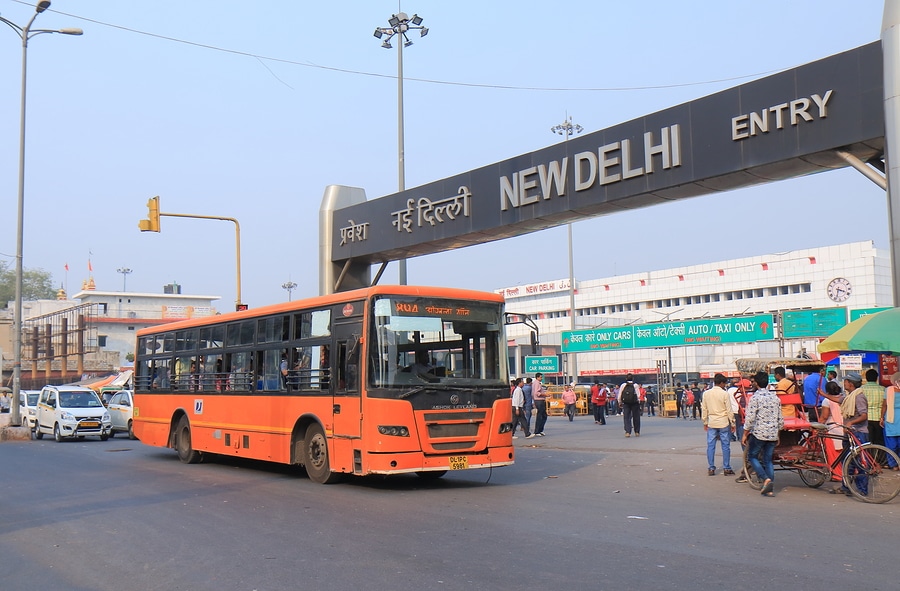In 32 years, India will be among the countries with highest growth in world’s urban population, according to the United Nations. India, China and Nigeria will account for 35 per cent of the projected growth of the world’s urban population between 2018 and 2050.
By 2050, it is projected that India will have added 416 million people to its urban population, while the corresponding figures for China and Nigeria are 255 million and 189 million, respectively, according to Reuters. Currently, 54 per cent of the world’s urban population lives in Asia despite its relatively lower level of urbanization, followed by Europe and Africa with 13 per cent each, according to the 2018 Revision of World Urbanization Prospects produced by the Population Division of the UN Department of Economic and Social Affairs (UN DESA).
Currently, India has the largest rural population (893 million), followed by China (578 million). While 90 per cent of the world’s rural population in 2018 lives in Asia and Africa, the current 3.4 billion global rural population is expected to rise slightly in a few years and then decline to 3.1 billion by 2050.
Two of India’s cities are among the world’s largest. While Tokyo is the world’s largest city, with an agglomeration of 37 million inhabitants, New Delhi comes next with 29 million people, followed by Shanghai (26 million), and Mexico City and São Paulo (each with around 22 million inhabitants).
“Today, Cairo, Mumbai, Beijing and Dhaka all have close to 20 million inhabitants. By 2020, Tokyo’s population is projected to begin to decline, while Delhi is projected to continue growing and to become the most populous city in the world around 2028,” the report said.
“When urban growth is rapid, ensuring access to housing, water, sanitation, electricity, public transport, education and health care for all is especially challenging,” John Wilmoth, director of the Population Division, said at a UN news conference, according to Reuters. “Managing urban growth to insure that it is sustainable has become one of the most important development challenges of the current century,” he added.
Around 2028, India’s population will be greater than China’s. And by 2050, 68 per cent of the world population will live in urban areas, increasing from 55 per cent currently.
North America currently has the most urbanized regions (with 82 per cent of its population living in urban areas in 2018), while the corresponding figure for Latin America and the Caribbean is 81 per cent, followed by Europe (74 per cent) and Oceania (68 per cent). The level of urbanization in Asia is now approximating 50 per cent. In contrast, Africa remains mostly rural, with 43 per cent of its population living in urban areas.
